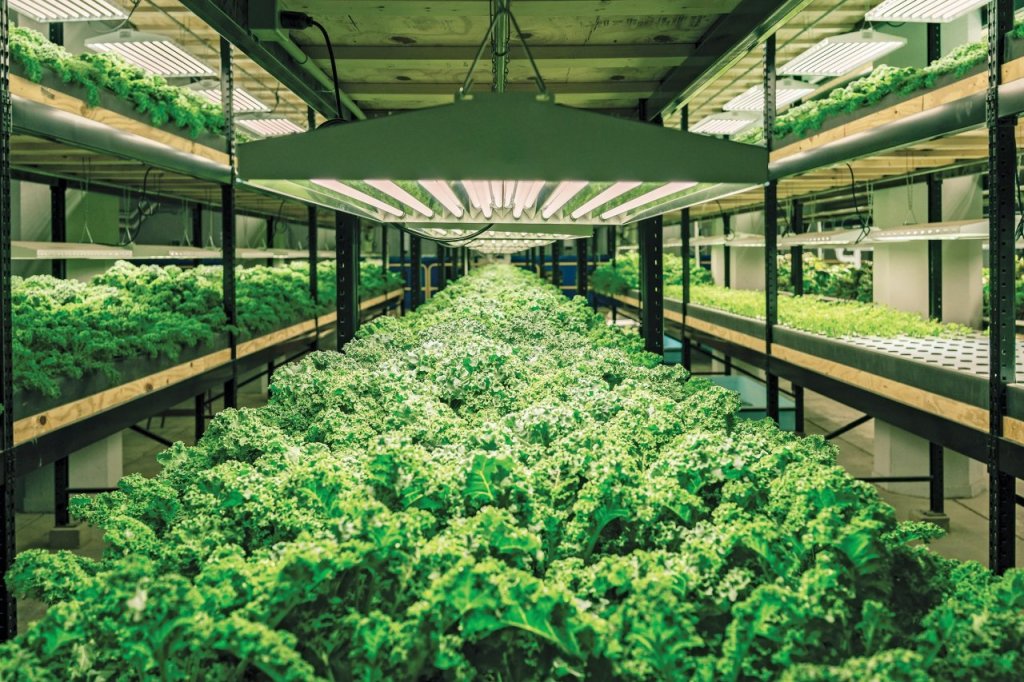Aquaponics and hydroponics are two innovative methods of growing plants that have gained popularity in recent years. Both systems offer unique advantages and can be implemented in various settings, making them ideal for rural living and homesteading. In this post, we will explore the basics of aquaponics and hydroponics, their differences, how they work, and the benefits they bring to sustainable farming.
Aquaponics: A Harmony Between Fish Farming and Hydroponics
Aquaponics is a symbiotic system that combines aquaculture (raising fish) with hydroponics (growing plants without soil). This integrated approach creates a mutually beneficial relationship between the fish and plants within a closed-loop system.
How Does Aquaponics Work?
In an aquaponic setup, fish are kept in tanks or ponds where they produce waste rich in ammonia. Beneficial bacteria convert this ammonia into nitrates through a process called nitrification. These nitrates serve as essential nutrients for plant growth.
The water containing the fish waste is then pumped into grow beds or channels where plants are cultivated using a soilless medium such as expanded clay pellets or coconut coir. The plant roots absorb the nutrients from the water while also filtering it, removing harmful substances before returning it to the fish tank clean.
This cycle continues indefinitely as long as there is proper maintenance of water quality parameters like pH levels, dissolved oxygen levels, temperature control, and nutrient balance.
Advantages of Aquaponics
1. Efficient Use of Resources: Aquaponic systems use significantly less water compared to traditional soil-based agriculture because water continuously cycles through the system rather than being lost through evaporation or runoff.
2. Organic Production: Since chemical fertilizers aren’t required in aquaponic systems due to natural nutrient cycling between fish waste and plants’ nutritional needs, produce grown this way can be considered organic.
3. Year-Round Harvests: Aquaponics allows for year-round plant cultivation, regardless of the weather. This advantage is especially valuable in regions with limited growing seasons or harsh climates.
4. Space-Saving: Aquaponic systems can be designed vertically, making efficient use of space and increasing production potential within a smaller footprint.
Hydroponics: Plants Thriving Without Soil
Hydroponics is a method of growing plants in nutrient-rich water without soil. Instead, plants are anchored by an inert medium such as perlite, rockwool, coconut coir, or even air in some advanced systems.
How Does Hydroponics Work?
In hydroponic systems, plants receive their nutrients directly from a water-based solution that contains all the essential minerals required for growth. This solution is carefully balanced to meet the specific needs of each crop being cultivated.
There are several variations of hydroponic setups including:
1. Nutrient Film Technique (NFT): In this system, a thin film of nutrient-rich water flows continuously over the roots allowing them to uptake nutrients while also receiving oxygen from exposure to air.
2. Deep Water Culture (DWC): Plants’ roots hang into aerated nutrient solutions where they can freely access oxygen and absorb necessary nutrients.
3. Drip Irrigation: A common method in which nutrient solutions are dripped onto the base or root zone of each plant through small tubes or emitters.
Advantages of Hydroponics
1. Faster Growth and Higher Yields: In hydroponic systems, plants have direct access to all required nutrients without having to search for them in soil. As a result, they grow faster and produce higher yields compared to traditional methods.
2. Efficient Resource Use: Similar to aquaponics, hydroponic systems use significantly less water than conventional agriculture since it can be recycled through the system rather than lost through evaporation or runoff.
3. Precise Control Over Growing Conditions: By managing the nutrient solution, pH levels, and environmental conditions such as temperature and humidity, growers have precise control over plant growth, ensuring optimal conditions for each crop.
4. Protection Against Soil-Borne Diseases: Hydroponics eliminates the risks associated with soil-borne pests and diseases since plants are not grown in soil. This reduces the need for pesticides or chemical treatments.
Combining Aquaponics and Hydroponics
While aquaponics and hydroponics offer their own distinct benefits, some farmers are combining these two systems to maximize efficiency and sustainability. This hybrid approach allows growers to benefit from both fish waste nutrients (aquaponics) and precisely controlled growing conditions (hydroponics).
In aquaponic-hydroponic systems, plants receive their nutrients from a combination of fish waste and added hydroponic nutrient solutions. However, it’s important to carefully monitor nutrient levels to prevent imbalances that could harm both fish and plants.
Conclusion
Aquaponics and hydroponics provide innovative solutions for sustainable farming by minimizing resource use while maximizing plant growth potential. Both methods allow year-round cultivation in various settings, making them particularly appealing for rural living and homesteading.
Whether you choose aquaponics or hydroponics depends on your specific goals, available resources, local climate conditions, desired plant varieties, scale of production, and personal preference. Whichever system you opt for—or if you combine them—embracing these modern agricultural techniques can help you achieve greater self-sufficiency while reducing environmental impact on your journey towards sustainable living.


Leave a comment